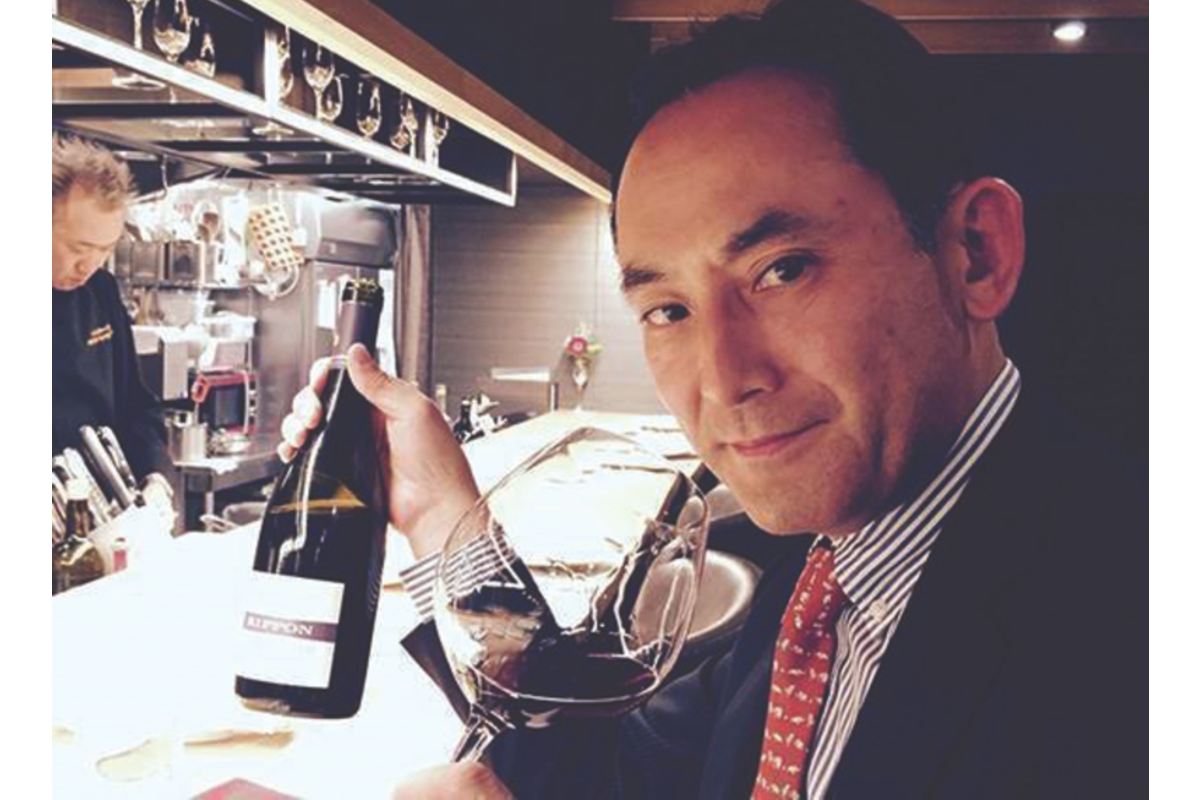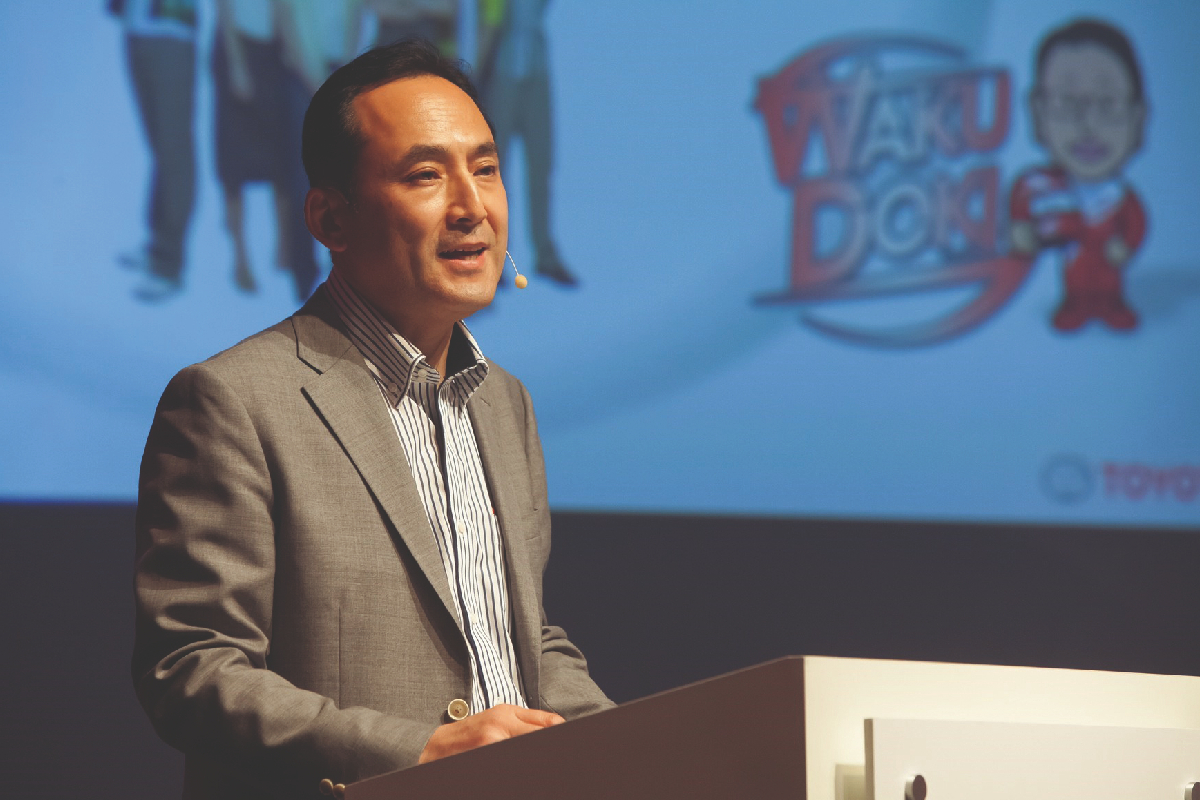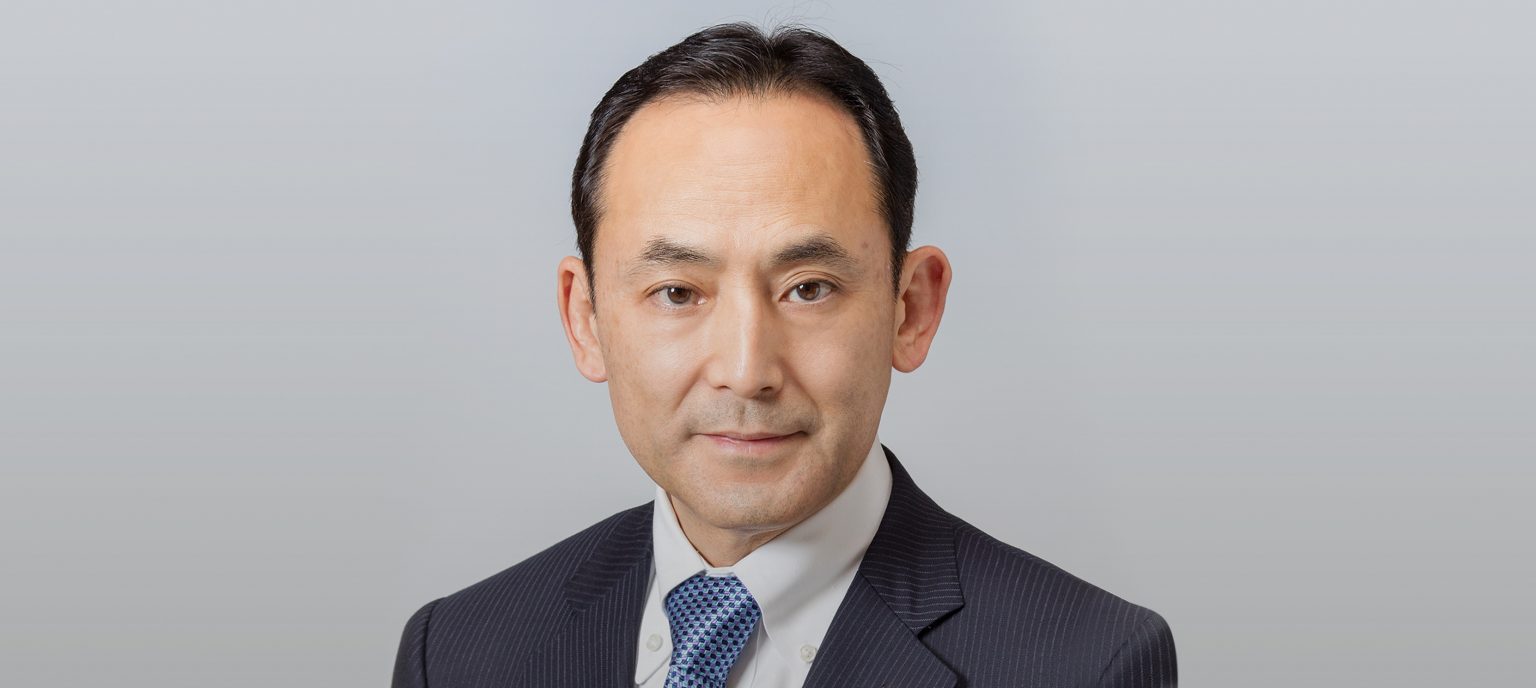Shinichi Yasui grew up in Aichi prefecture in Japan, the global headquarters of the Toyota Motor Corporation. It’s little wonder then that when he graduated from university in 1988 with a master’s degree in mechanical engineering, he joined the company that had been a constant presence all his life.
What is surprising, especially in today’s disruptive and fast-moving world, is that 33 years later, Yasui is still on Toyota’s payroll. After nearly a decade as Chief Engineer for the Core Model range (overseeing the development of the 10th- and 11th-generation Corollas), he is now the Executive Vice President of Toyota Motor North America, Research and Development.
However, Yasui’s mathematical and exacting mind is not solely responsible for his rise through the ranks. A disciplined marathon runner, he realised his other passion for wine and sake could be an outlet to help cultivate business relationships.
Not one to do anything by halves, in 2013 Yasui pursued a qualification as a Wine Expert at night and on weekends from the Japan Sommelier Association. Here, Yasui shares what each of his various passions teaches him about leadership, and how they work together to spur him on to further success.
Yasui’s leadership lessons
As an engineer…

As a young man, I was attracted by the logical thinking and mathematical philosophy that underpins engineering. I also enjoy making things – the act of creation. So, I pursued these interests in college and eventually earned a master’s degree in mechanical engineering.
An engineering mindset provides an advantage in improving efficiency or reducing downtime by using mathematical methodology. However, a pure engineer – focused on only maths and design – might have difficulty in a management position.
A good business leader must think about not only efficiency, but also market needs, financial requirements, team member engagement and methods of leadership. So, being an engineer is good start as a business leader, but people skills are required too.
In my case, I had the opportunity to serve as the Chief Engineer for the Corolla. The Chief Engineer role covers everything, as the person responsible for overall planning, development and success of the product. As Chief Engineer, I learned management and leadership skills.
My style of leadership is to emphasise strong teamwork, respect for people, and positive purpose and culture. A good leader never stops learning – there is always room for improvement.
As a sommelier…

Building relationships is a big part of any business, so I would find myself enjoying a dinner with local business partners or affiliates. Knowing about wine – or sake – at social events or business meals provides a good icebreaker to start a conversation.
Wine and sake stimulate both the body and mind. They represent history, culture, diversity and refinement. The flavour and sensory experience they provide are a perfect accent to a good meal. And sharing that experience with others can build friendships and networks. Plus, understanding the local wines is a path to understanding the local culture and its people. This helps build the high-quality connections that are the foundation of business or project success.
That interest drove me to pursue a licence as a Wine Expert from the Japan Sommelier Association, meaning I’d be called a sommelier if I worked in a restaurant. Given my current workload, I might have to wait a few years – maybe after retirement! Sake is similarly important in Japanese culture, so I also earned a Sake Diploma from the Japan Sommelier Association.
Toyota is in the business of mobility, not only as transportation, but also as a sensory experience. So, when we evaluate a product, we must consider all five senses – sight, sound, feel, smell and taste. Evaluating wine or sake is similar – both require the application of sensory skills and attention to fine detail. In both product development and business management, refined perceptual capability is key.
As a business leader…

‘Leader’ is just a position. ‘Leadership’ is a behaviour. So, the important thing is behaviour – how to engage and encourage your team members. To improve as a leader, I recently attended, and graduated from, the Executive MBA Program at the University of Michigan. There, I learned about the value of positive leadership and creating high-quality connections among team members, which I practise today.
Positive leadership includes strategies such as the creation of positive climate, positive relationships, positive communication and positive meaning. These words are interrelated, but essentially mean that we should lead to move towards positive energy and away from negative energy.
Related, and as important, is to continually foster high-quality connections with your team members. We can only accomplish our goals together, and that begins with knowing and understanding one another.
In short, show respect for people, build high-quality connections and demonstrate positive leadership.







